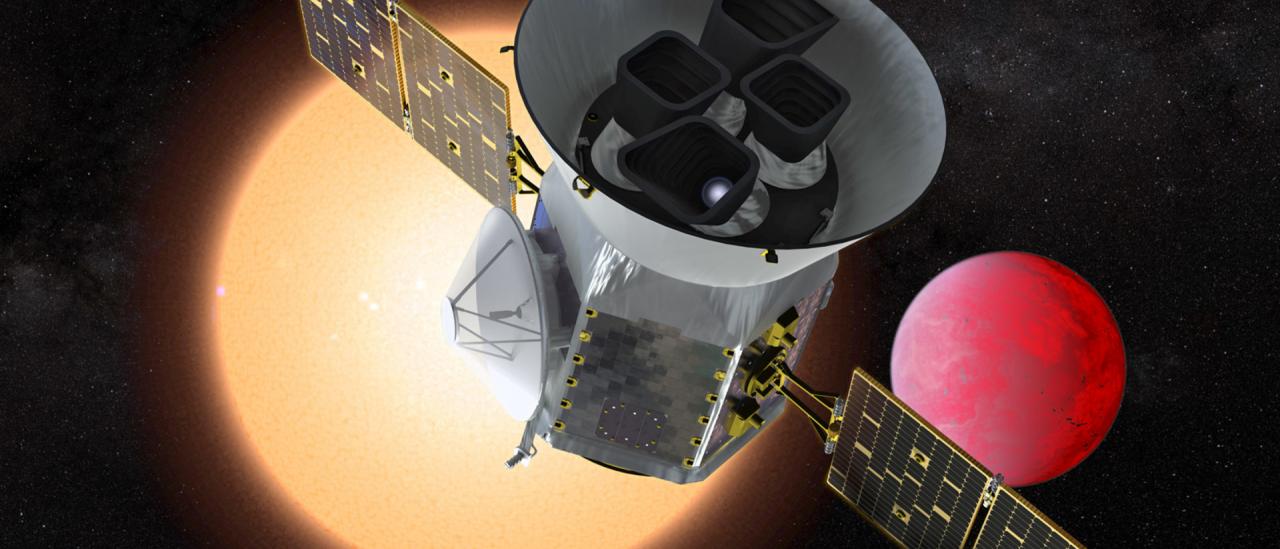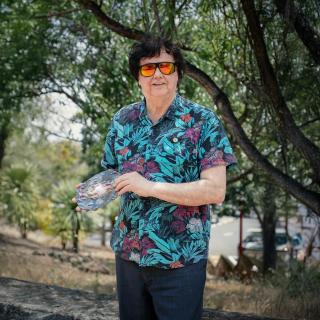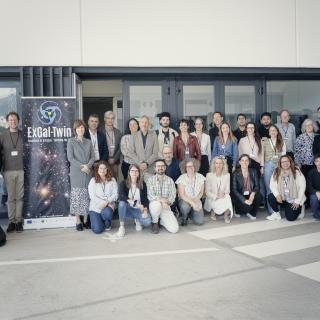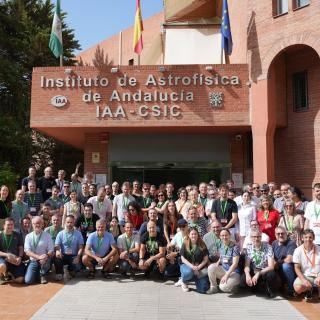Exoplanet research is one of the most rapidly growing areas of modern astrophysics. In only 25 years, over 4,000 new worlds have been discovered. This has mainly been due to the technique of exoplanet transits. This method consists of the periodic slight dip in the light from a star if a planet passes between its star and us during its orbit. (A complementary technique using the effect of the small gravitational effect of a planet which causes periodic change in the star’s velocity during a planetary orbit, has so far led to fewer discoveries).
This study of exoplanets will be the feature of the seventh edition of the Global Azure Bootcamp (GAB) forum that will be celebrated on April 27th. This project, which will be led by IAC researchers Sebastián Hidalgo, Enric Pallé and Diego Hidalgo, will focus on the discovery of new exoplanets by the TESS (Transiting Exoplanet Survey Satellite) of NASA.
Transits give an advantage: that a transiting planet is in a configuration very favourable for the characterization of its atmosphere, because some of the light from the star passes through it on its way to the Earth. This light then carries with it a tracer of the chemical composition of the atmosphere, as characteristic features in the absorption spectrum due to atoms and molecules.
The main aim of this research is to find planets around the brightest stars and those nearest to the Earth, to find the best candidates for a deep study of their physical properties, and in the future for possible signs of life in their atmospheres. During this project, information provided by the Kepler mission will be used to analyze the data form millions of stars to be observed by TESS to obtain their light curves and apply machine-learning algorithms or automated learning to identify new exoplanets. It is also hope to discover, and to classify, using automated learning algorithms, families of new phenomena, such as disintegrating planets, binary stars and many types of unique variables which will hopefully be discovered.
“We are very enthusiastic with the Laboratory of Science this year, and we will see what we can do all together. On April 27th we will initiate the laboratory, and this year our intention is that GAB day will be only the first”, explain the researchers. “The server of the Science Laboratory which will provide us with light curves to analyse will continue to work until at least the end of the TESS mission”.
Contactos en el IAC:
Sebastián Hidalgo (shidalgo [at] iac.es (shidalgo[at]iac[dot]es))
Enric Pallé (epalle [at] iac.es (epalle[at]iac[dot]es))
Diego Hidalgo (dhidalgo [at] iac.es (dhidalgo[at]iac[dot]es))



